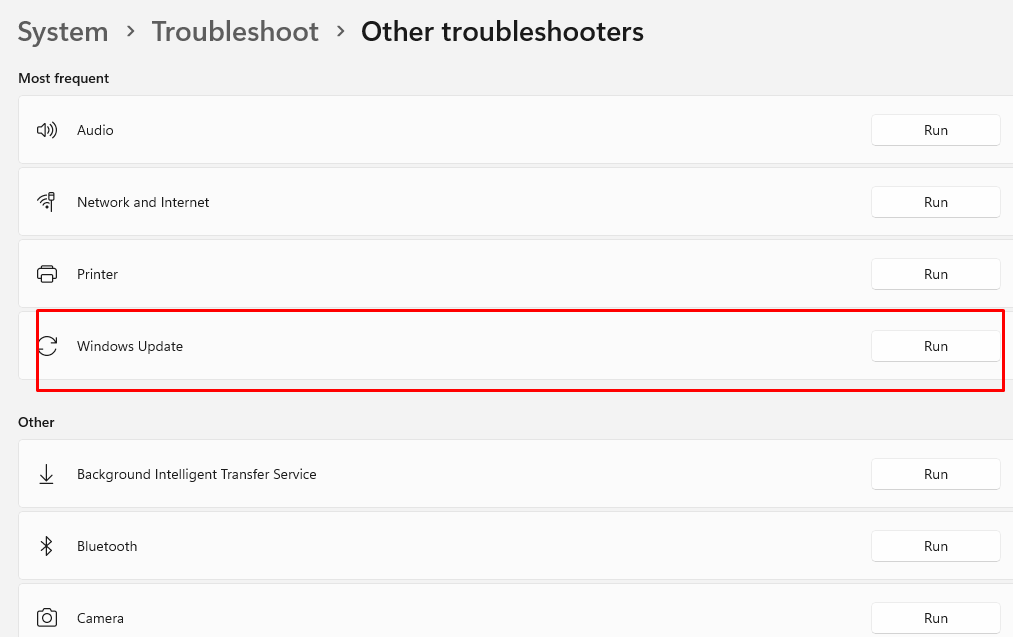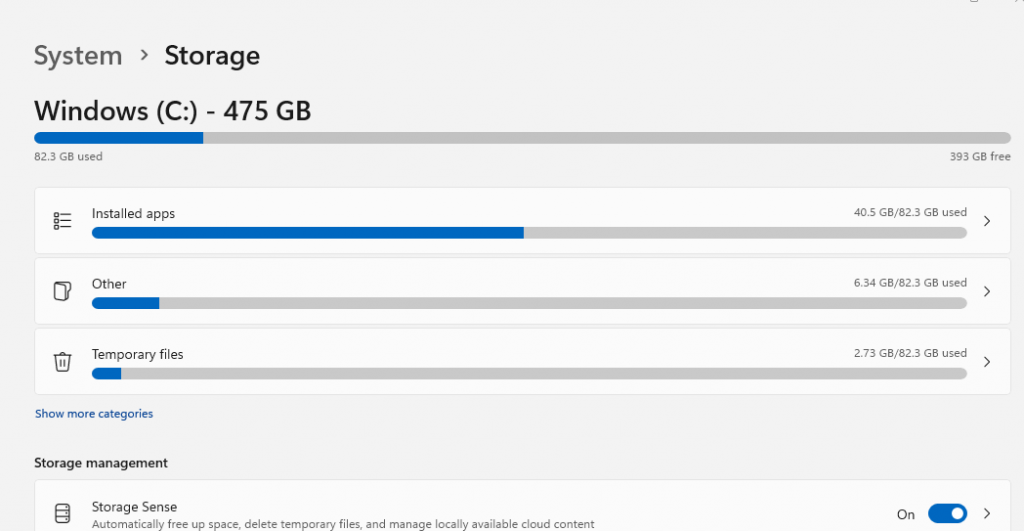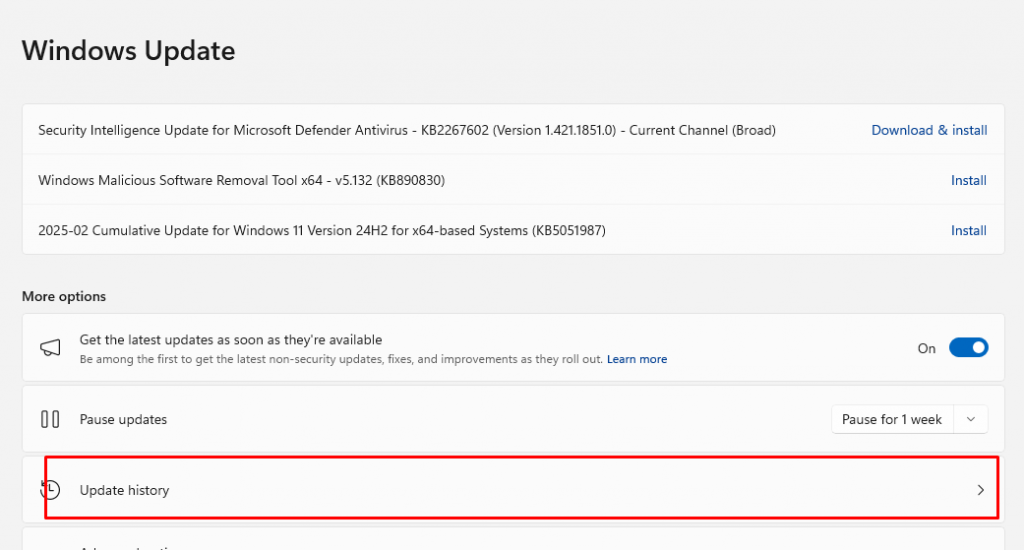How to Deal With Windows Updates Keep Reverting
Windows updates are crucial for security patches, performance enhancements, and new features. However, some users experience an issue where Windows auto updates keep reverting, preventing successful installation. This can be frustrating, especially when updates are necessary for system stability.
We will examine why Windows updates revert and provide troubleshooting steps to fix the problem.
Why Do Windows Updates Keep Reverting?
Several factors can cause Windows updates to fail and revert, including:
- Corrupt System Files: If critical system files are damaged or missing, Windows may be unable to apply updates properly, causing them to roll back.
- Insufficient Disk Space: Windows updates require free disk space to install. If your system drive is nearly complete, the update process may fail.
- Software or Driver Conflicts: Outdated or incompatible drivers and third-party software can interfere with Windows updates, leading to reversion.
- Windows Update Components Issues: Corrupt update cache or misconfigured Windows Update settings can cause updates to revert.
- Hardware Compatibility Problems: Some updates may not be fully compatible with your hardware, leading to rollback issues.
How to Fix Windows Updates That Keep Reverting
Follow these solutions to resolve the issue and successfully install Windows updates.
1. Run Windows Update Troubleshooter

Windows has a built-in troubleshooter that can automatically detect and fix update-related issues.
Steps:
- Press Win + I to open Settings.
- Go to System > Troubleshoot > Other troubleshooters.
- Click Run next to Windows Update.
- Follow the on-screen instructions and apply any suggested fixes.
2. Free Up Disk Space

Ensure you have enough storage available for updates.
Steps:
- Open Settings and go to Storage.
- Click Temporary Files and select Delete unnecessary files.
- Use Disk Cleanup (press Win + R, type cleanmgr, and press Enter) to remove old update files.
- Restart your PC and try updating again.
3. Use Fortect to Repair System Corruption

If you’re experiencing recurring Windows update failures due to system corruption, Fortect can help. It automatically scans your Windows PC for corrupt system files, malware threats, and performance issues and repairs them to optimize system stability. Using Fortect before running SFC and DISM scans can improve your chances of a successful update.
Download and install Fortect today.
4. Perform SFC and DISM Scans
Corrupt system files can cause updates to fail. Running System File Checker (SFC) and Deployment Imaging Service and Management Tool (DISM) can help.
Steps:
- Open Command Prompt as Administrator.
- Type: sfc /scannow
- Press Enter and wait for the scan to complete.
- If the issue persists, run DISM /Online /Cleanup-Image /RestoreHealth
- Restart your PC and check for updates again.
5. Reset Windows Update Components
Resetting the update components can resolve issues with stuck or failed updates.
Steps:
- Open Command Prompt as Administrator.
- Type the following commands one by one, pressing Enter after each:
- net stop wuauserv
- net stop cryptSvc
- net stop bits
- net stop msiserver
- ren C:\Windows\SoftwareDistribution SoftwareDistribution.old
- ren C:\Windows\System32\catroot2 catroot2.old
- net start wuauserv
- net start cryptSvc
- net start bits
- net start msiserver
3. Restart your PC and try updating it again.
6. Uninstall Conflicting Updates or Drivers
If the issue started after a specific update or driver installation, removing it might help.

Steps:
- Press Win + I and go to Windows Update > Update history.
- Click Uninstall updates.
- Locate the recent problematic update and click Uninstall.
- Restart your PC and check if the issue persists.
7. Perform a Clean Boot
A clean boot starts Windows with minimal drivers and startup programs, which can help identify conflicts.
Steps:
- Press Win + R, type msconfig, and press Enter.
- Go to the Services tab, check Hide all Microsoft services, and click Disable all.
- Switch to the Startup tab and open Task Manager.
- Turn off all startup programs and restart your PC.
- Try rerunning Windows Update.
8. Manually Install Updates
If updates fail, you can download and install updates manually from the Microsoft Update Catalog.
Steps:
- Visit Microsoft Update Catalog.
- Please search for the failed update using its KB number.
- Download and install the update manually.
- Restart your PC to apply changes.
9. Perform an In-Place Upgrade
If none of the above methods work, you can perform an in-place upgrade using the Windows Media Creation Tool. This keeps your files and programs intact while replacing corrupted system files.
Steps:
- Download the Windows Media Creation Tool from Microsoft.
- Run the tool and select Upgrade this PC now.
- Follow the on-screen instructions to reinstall Windows while keeping your files.
Conclusion
Windows updates are essential, but it can be frustrating when they keep reverting. By following the troubleshooting steps outlined above, you can fix update failures and ensure your system remains up to date. Check for hardware compatibility or perform a clean Windows installation if the issue persists.




